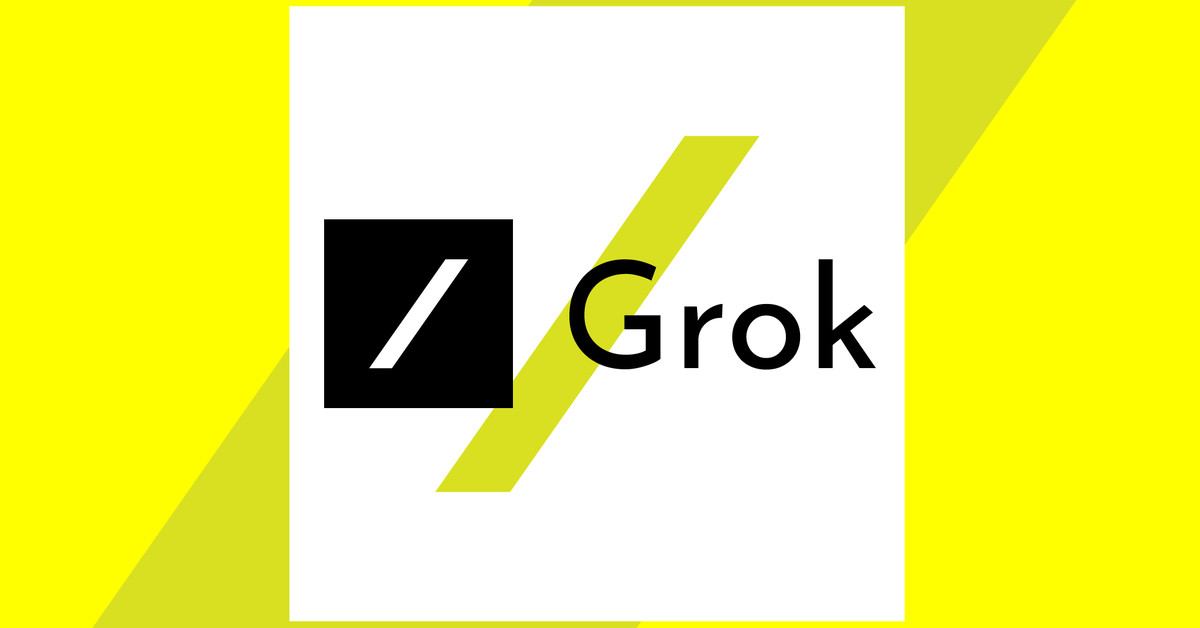True to his commitment, the renowned entrepreneur Elon Musk’s startup xAI, a prominent leader in the business realm, has officially unveiled its inaugural large language model (LLM) Grok to the public as an open-source initiative today.
As previously foretold by Musk, this significant development now allows entrepreneurs, programmers, companies, and individuals alike to access Grok’s weights—the synaptic connections between the model’s artificial “neurons” responsible for processing inputs, making decisions, and generating text outputs—along with pertinent documentation. This move grants the freedom to utilize a replica of the model for diverse purposes, including commercial applications.
In an official blog post, the company declared, “we are making public the base model weights and architectural layout of Grok-1.” Grok-1 stands as a massive 314 billion-parameter Mixture of Experts model meticulously trained by xAI from the ground up.
For those intrigued by Grok, the source code is readily available on its Github page or through a provided torrent link.
Implications of Grok’s Open Source Release
The term “parameters” denotes the weights and biases governing the model; typically, a higher parameter count signifies a more sophisticated, intricate, and potent model. With a staggering 314 billion parameters, Grok surpasses its open-source counterparts like Meta’s Llama 2 (70 billion parameters) and Mistral 8x7B (12 billion parameters).
Grok has been open-sourced under the Apache License 2.0, permitting commercial usage, modifications, and distribution. However, it cannot be trademarked, and users receive no warranty or liability coverage. Moreover, users must reproduce the original license and copyright notice while documenting any alterations made.
Developed in October 2023 using a custom training stack built on JAX and Rust, Grok’s architecture embodies innovative neural network design methodologies. Notably, the model allocates 25% of its weights for each token, a strategic approach enhancing its efficiency and efficacy.
Initially introduced as a proprietary or “closed source” model in November 2023, Grok was exclusively accessible through Musk’s affiliated social platform X (formerly Twitter), specifically via the X Premium + subscription service priced at \(16 per month or \)168 annually.
However, it is important to note that the release of Grok does not encompass the complete corpus of its training data. Given that the model has already undergone training, the specifics of its learning data are deemed nonessential for users—presumably derived from user-generated text posts on X, as indicated in the xAI blog post (“Base model trained on a large amount of text data, not fine-tuned for any particular task.”).
Furthermore, Grok lacks real-time data connections, a feature initially highlighted by Musk as a significant advantage over other LLMs. Users seeking this functionality will still need to subscribe to the paid version of X.
Beyond Technological Advancements: A Strategic Business and PR Move
Positioned as a rival to OpenAI’s ChatGPT, Grok—aptly named after the colloquial term signifying “understanding”—is described as an AI inspired by the iconic “Hitchhiker’s Guide to the Galaxy,” a renowned sci-fi book series by UK author Douglas Adams. Musk, in response to concerns regarding AI censorship and ideological biases, has portrayed Grok as a more light-hearted and unrestricted alternative to ChatGPT and similar leading LLMs.
The release of Grok not only serves as a tech milestone but also strategically aligns with Musk’s legal disputes and criticisms of OpenAI, the organization he co-founded and later parted ways with. Musk’s lawsuit against OpenAI, accusing the company of deviating from its non-profit status, has sparked a public debate, with OpenAI presenting emails suggesting Musk’s awareness and possible support for their shift towards proprietary, for-profit technologies.
The AI community on X has responded with enthusiasm to Grok’s release, with technical experts noting the model’s utilization of GeGLU in feedforward layers and its unique normalization techniques, including the intriguing sandwich norm approach. Even employees from OpenAI have shown interest in the model, indicating its potential impact on the LLM landscape.
Overall, Grok’s unveiling is poised to exert pressure on existing LLM providers, particularly those competing with open-source alternatives, compelling them to demonstrate their superiority to users.










